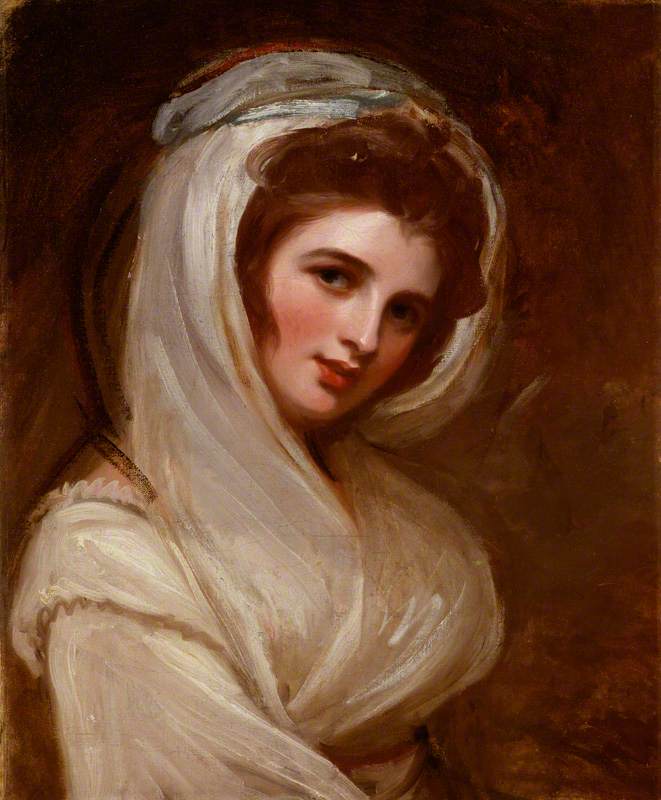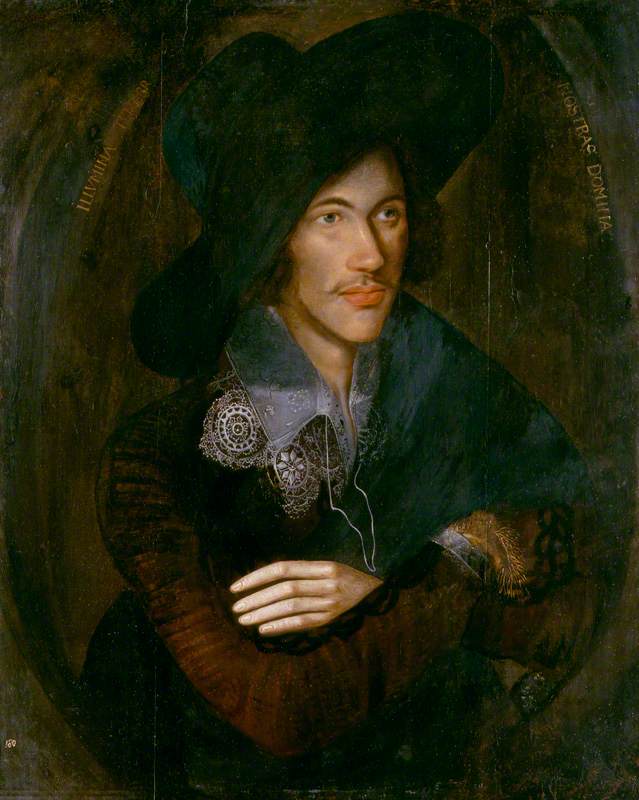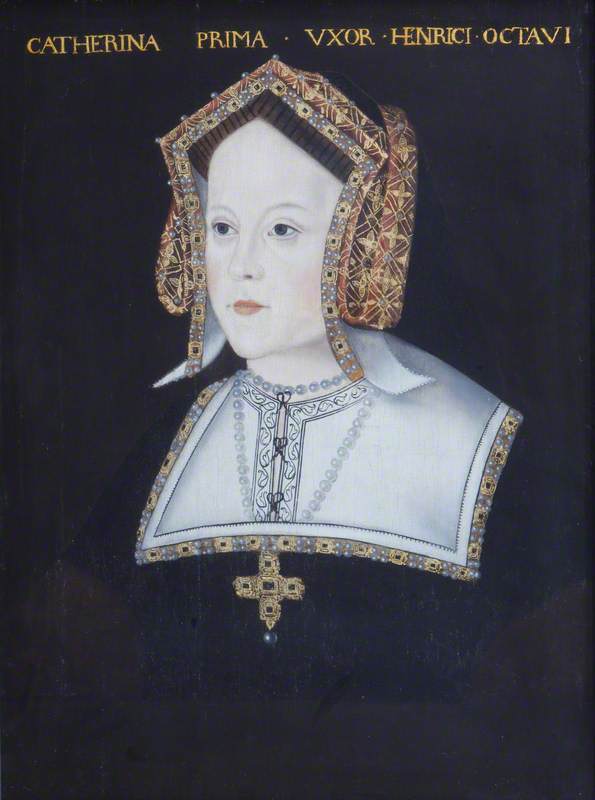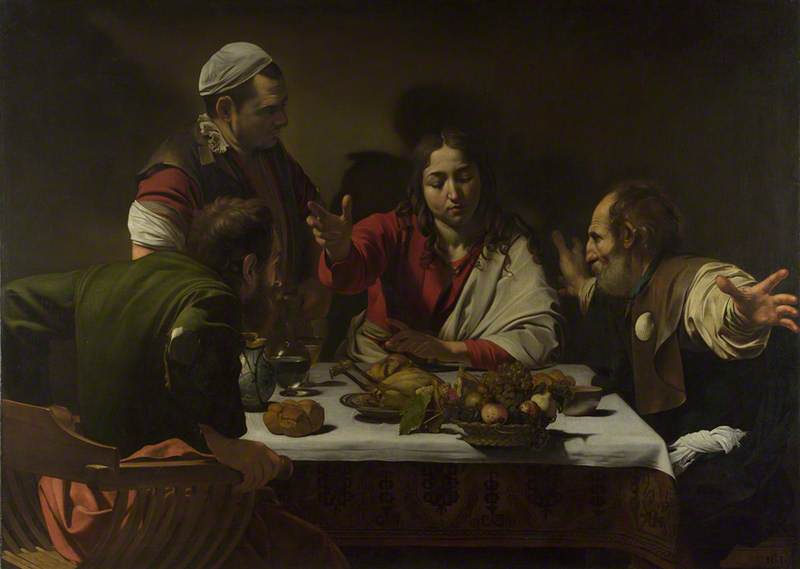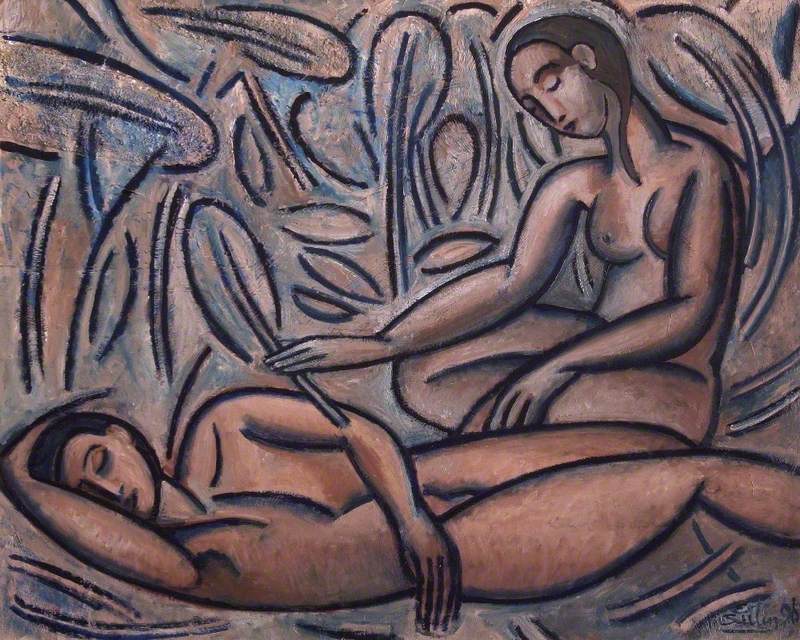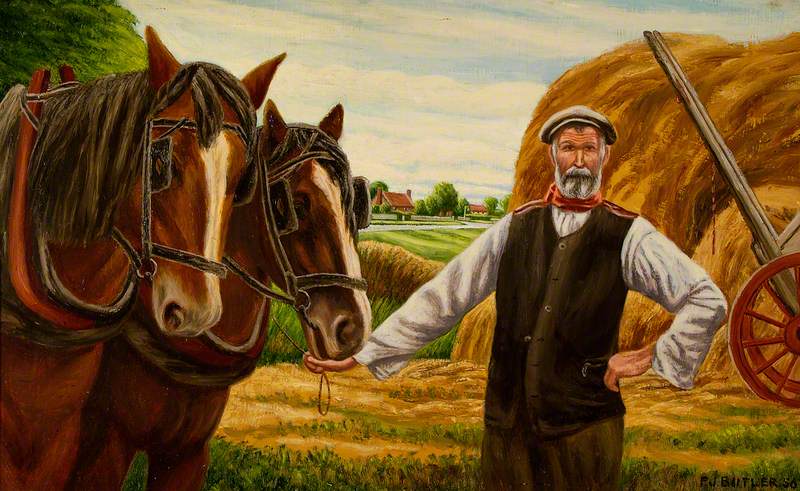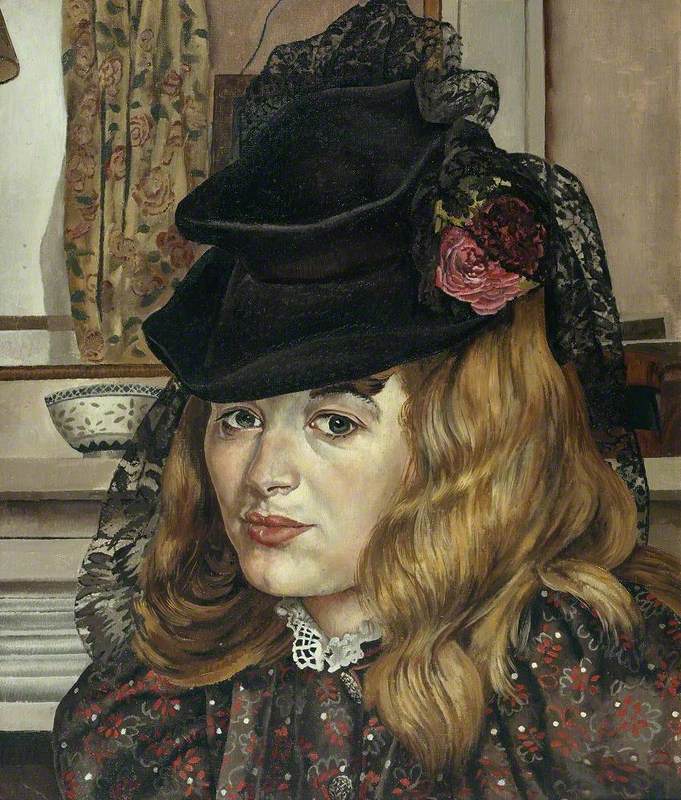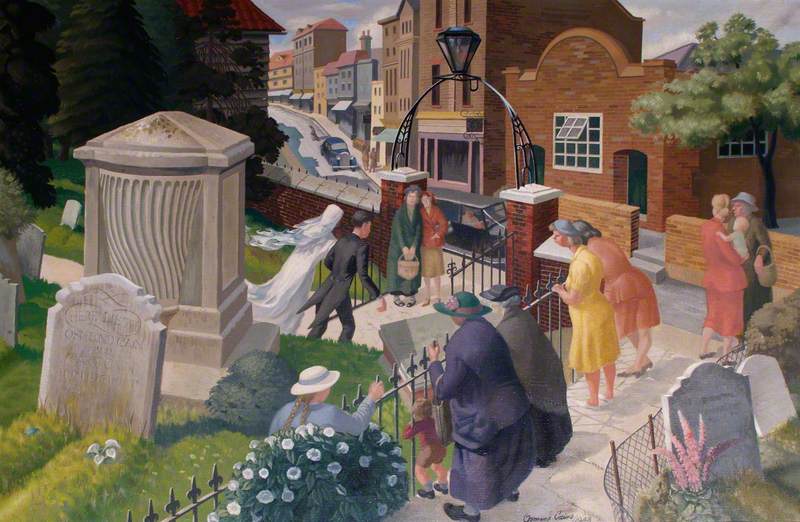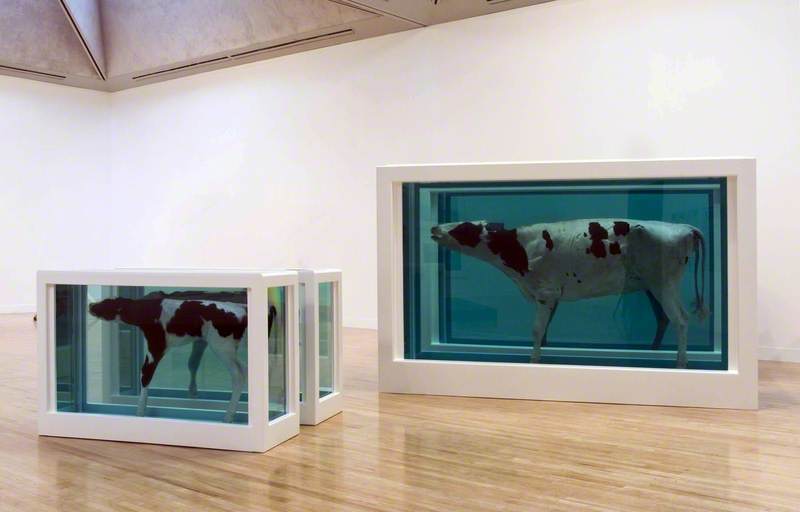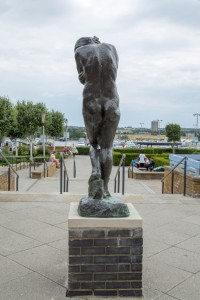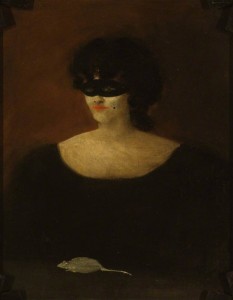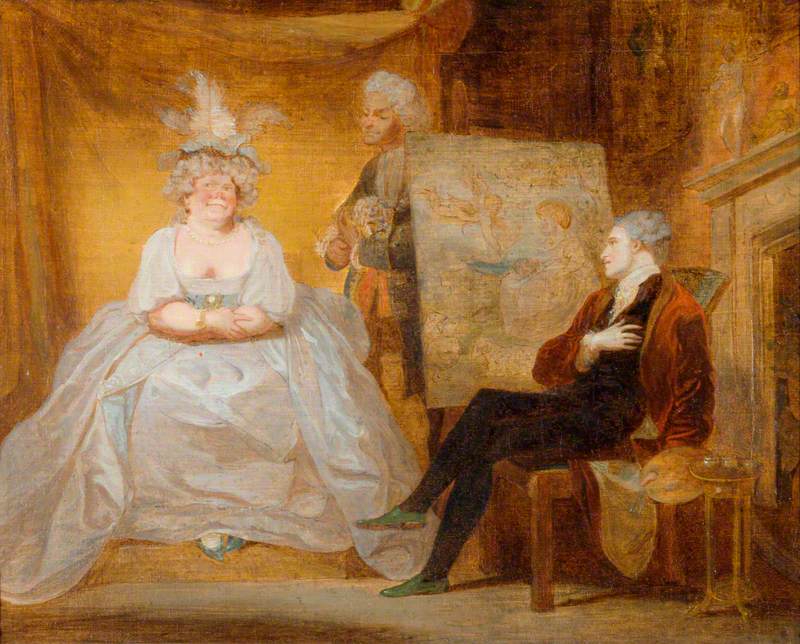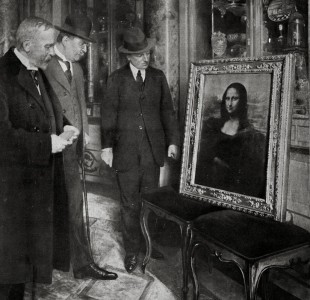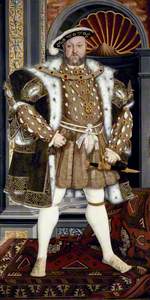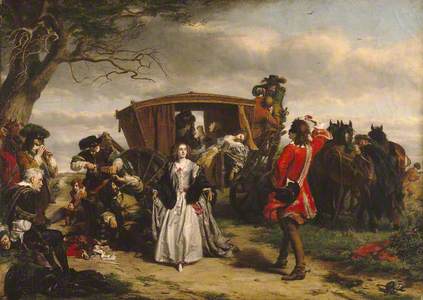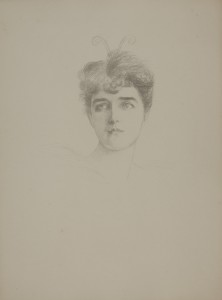It's become a tired cliché that everyone loves a bad boy, and there's no end of them in fiction: Mr Rochester, Michael Caine in Alfie, John Travolta playing hard to get with Olivia Newton-John in Grease, Heathcliff brooding on the moors, Rhett Butler in Gone With the Wind, James Dean's enduring image from Rebel Without a Cause... the list could go on.
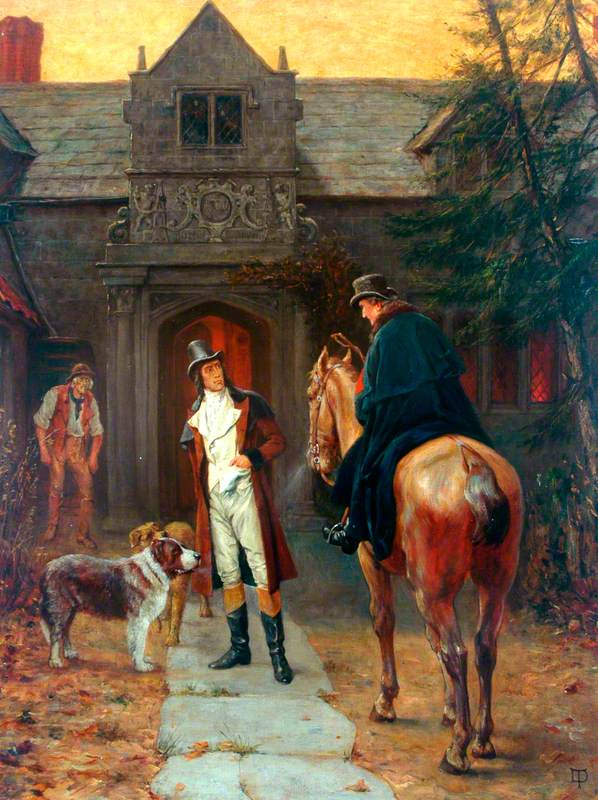
Image credit: Brontë Parsonage Museum
''Mr Heathcliff?', I said. A nod was the answer.'
Thomas Davidson (1842–1919)
Brontë Parsonage MuseumHowever, if your heart is set racing by a bad boy, you need look no further than real-life history, which has no shortage of cads, bounders, libertines and rakes to plunder.
And while it's the bad boy that has become the fictional go-to, we're here to celebrate the bad girl too: the women who were just as dashing, captivating and downright naughty as their male counterparts.
Before we get started on our list, there's just space for some honourable mentions. When researching this piece it quickly became clear that it could have been twice as long – there is no shortage of cads and bounders to be found throughout history, and indeed, on Art UK.
There's no space here for Emma Hamilton (who was perhaps unfairly demonised by Victorian society for seducing Lord Nelson) – but you can find out more about her in this story.
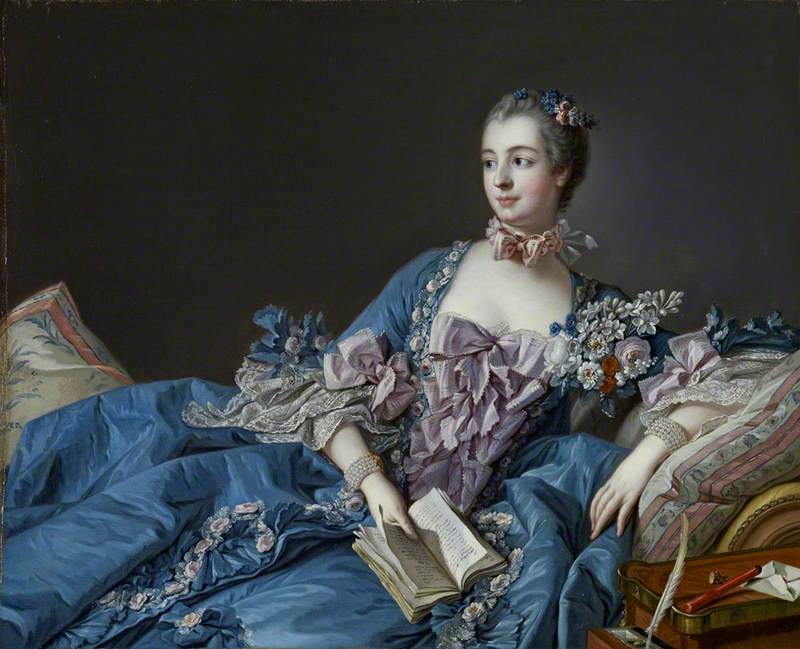
Image credit: National Galleries of Scotland
Madame de Pompadour (1721–1764), Jeanne-Antoinette Poisson c.1758
François Boucher (1703–1770) (attributed to)
National Galleries of ScotlandHistory has remembered Henry VIII as a bit of a monster, and it certainly seems that way when looking at his unusual marital arrangements.

Image credit: National Trust Images
Henry VIII (1491–1547) c.1543/1547
Hans Holbein the younger (c.1497–1543) (studio of)
National Trust, Petworth HouseOthers (rightly or wrongly) vilified include Mary Robinson (the 'English Sappho'), Mary, Queen of Scots, Lord Byron ('mad, bad and dangerous to know'), Edward IV ('a man so vigorous and handsome that he might have been made for the pleasures of the flesh') and David Lloyd George (World War winning womaniser).
But on to our list of rogues, rakes and libertines...
Claude Duval: the gentleman highwayman
He'd rob you at gunpoint for your guineas on the Holloway Road but he knew how to dance and looked dashing in red: Claude Duval has gone down in history as a 'gentleman highwayman', though it's best to take this romantic tale with a pinch of salt, as his legend has been exaggerated over the years.
The painting above depicts Duval's most famous crime. The stories told vary: in some, the lady from the held-up carriage begins to play her instrument, which prompts Duval to follow suit. In others, he takes only £100 of a possible £400 on the coach, allowing the lady to keep the rest on the condition that she danced a coranto with him. Either way, it's a striking image: the highwayman dancing with the gentleman's wife – who looks wary, but certainly not too averse to the idea.
Ultimately, Duval was found guilty of six counts of robbery and was sentenced to death. Despite frantic efforts by the ladies of the Court, and even Charles II himself, the judge refused to change the sentence of death.
Such was his reputation that Duval's epitaph reads:
'Here lies Du Vall; reader, if male thou art,
Look to thy purse; if female, to thy heart.
Much havoc hath he made of both; for all
Men he made stand, and women he made fall.'
...and Katherine Ferrars: one of history's highwaywomen
Katherine Ferrars' story is one of riches to rags: she was an heiress and a gentlewoman who, through unfortunate circumstances, became embroiled in a life of crime – and has gone down in history as 'the wicked lady'.

Image credit: Valence House Museum
Katherine Ferrars (1634–1660), Later Wife of Thomas Fanshawe c.1650 (?)
John Greenhill (c.1644–1676) (circle of)
Valence House MuseumFerrars' father died before she was born, leaving her as sole heir to her family's fortune – but when her mother and new husband found themselves in financial straits, it was agreed that the 12-year-old Katherine would be married to a Thomas Fanshawe, himself only 16. After the marriage, the Fanshawe family disappeared with most of Katherine's money and her mother died, leaving Katherine with a house, a few servants – and not much else.
The legends say it was at this time that Katherine met Ralph Chaplin, an honest farmer by day and highwayman by night, whose influence saw her entering a life of crime. According to a report in the Watford Observer, 'Stories abound of her dressing in highwayman's garb: a 3-cornered hat, a black mask, black riding cloak and scarf, and breeches... it is said she would change at dusk into her highwayman's clothes in a secret room in her house, access through a concealed staircase, before riding off to rob and murder.'
This last point is particularly interesting: usually, highwaymen would abide by 'stand and deliver', giving their victims a chance to hand over their money or possessions. Not so for Katherine Ferrars: 'she emerged from the darkness to ruthlessly attack coachmen and passengers alike'.
Sir Francis Dashwood: the founder of a Hellfire Club
Hellfire clubs were all the rage in the eighteenth century, set up exclusively as a forum for those who wished to take part in acts frowned upon by society at the time. There were numerous such societies created but the most famous was started by Sir Francis Dashwood, who as well as being a 'well-known rake' was Chancellor of the Exchequer for a brief spell.
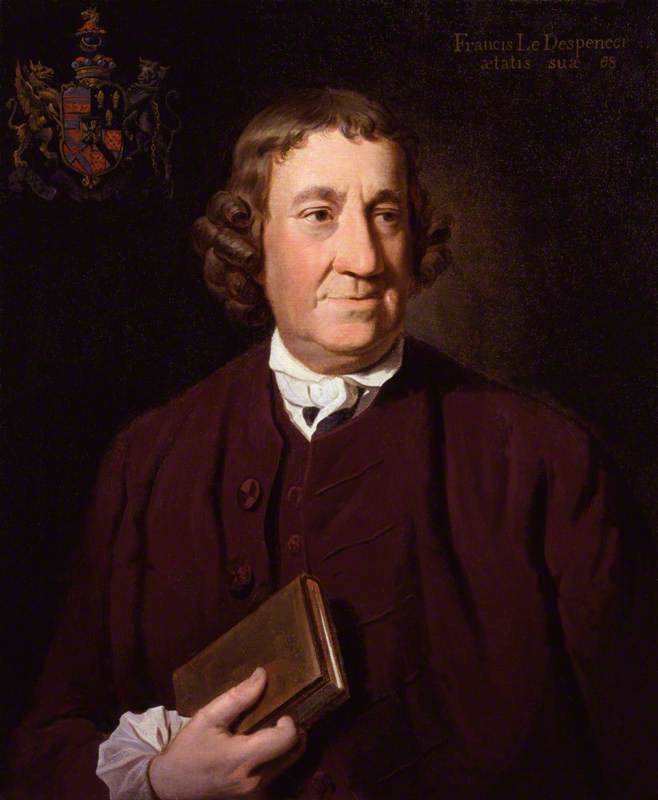
Image credit: National Portrait Gallery, London
Francis Dashwood, 11th Baron Le Despencer 1776
Nathaniel Dance-Holland (1735–1811)
National Portrait Gallery, LondonThe Hellfire Club wasn't the only such organisation created by Dashwood: he'd previously formed a dining club, the 'Society of Dilettanti'. Horace Walpole described the society as 'a club for which the nominal qualification is having been to Italy, and the real one, being drunk; the two chiefs are Lord Middlesex and Sir Francis Dashwood, who were seldom sober the whole time they were in Italy'.
Lady Randolph Spencer Churchill: Winston's mum (had got it going on)
She was a society beauty with a tattoo of a serpent on her wrist (that was tactfully covered by a silver bracelet when necessary) and she brought up the man who would come to be regarded as one of the greatest Britons of all time. It's been claimed that she had anywhere between 12 and 200 lovers, with the number possibly being exaggerated for effect over the years.

Image credit: Russell-Cotes Art Gallery & Museum
Lady Randolph Spencer Churchill (1854–1921), CI, Mother of Sir Winston
Violet Manners (1856–1937)
Russell-Cotes Art Gallery & MuseumBut what we do know is this: such was Lady Randolph's wit and charm, it's possible to write this entry based just on other people reviewing her:
'She had a forehead like a panther's and great wild eyes that looked through you; she was so arresting that I followed her about till I found someone who could tell me who she was' – Margot Asquith
'How dull men are! They should listen to brilliant women, and look at beautiful ones, and when, as in the present case, a woman is both brilliant and beautiful, they might have the ordinary common sense to admit that she is verbally inspired' – Oscar Wilde, after Lady Randolph wrote to him to confirm she had accurately quoted a line from one of his plays
'Many Society beauties have come and gone, but I think that few, if any, have ever equalled her' – Lord Rossmore
'(a) flashing beauty... Her eyes were large and dark, her mouth mobile with delicious, almost mischievous curves, her hair blue-black and glossy' – One of Queen Victoria's granddaughters
(Quotes from Young Titan: The Making of Winston Churchill by Michael Shelden).
John Donne: he'll woo you with words
Centuries before Robin Williams's character in Dead Poets Society told his class of boys that language was invented for one reason – 'to woo women' – John Donne had got it figured out. This portrait of Donne as a young man shows him looking brooding and rakish, with far-off eyes: possibly he's thinking about how best to utilise elaborate metaphysical conceits to entrance his latest lover.
The description of this painting from the National Portrait Gallery states that:
'This portrait presents Donne in the guise of a brooding, melancholic lover. The inscription around the oval 'O Lady, lighten our darkness' is a deliberate misquotation of Psalm 17, and implies the cause of Donne's misery is a woman.'
Collier's Encyclopedia reports that 'During and after his education, Donne spent much of his considerable inheritance on women, literature, pastimes and travel' – which surely puts him firmly in the bad boy category.
However, it's worth noting that Donne did later fall in love and was married to Anne More for 16 years until she died, writing of his love and loss in his 17th Holy Sonnet. Clearly he was up for being reformed – by the right woman.
Molly Tresadern, Art UK Content Creator and Marketer
